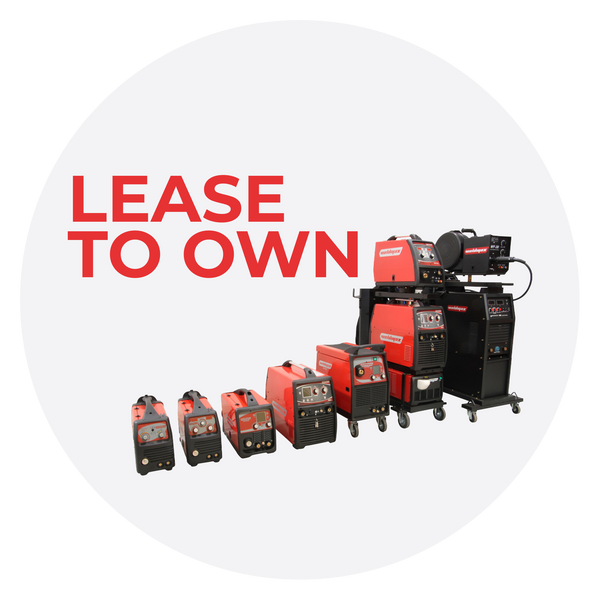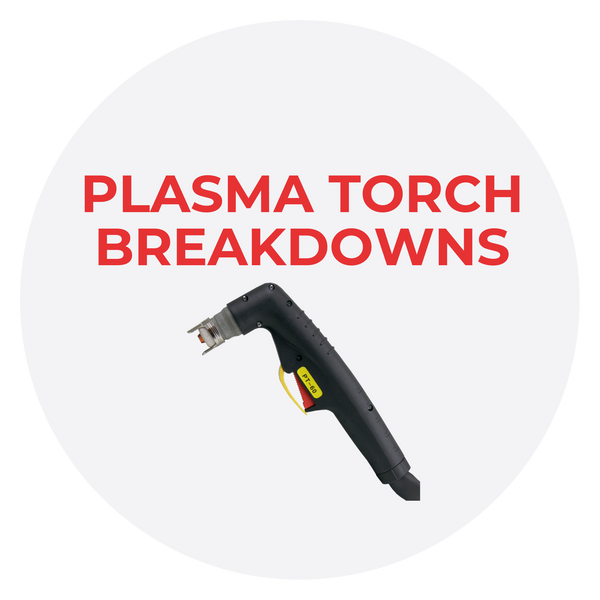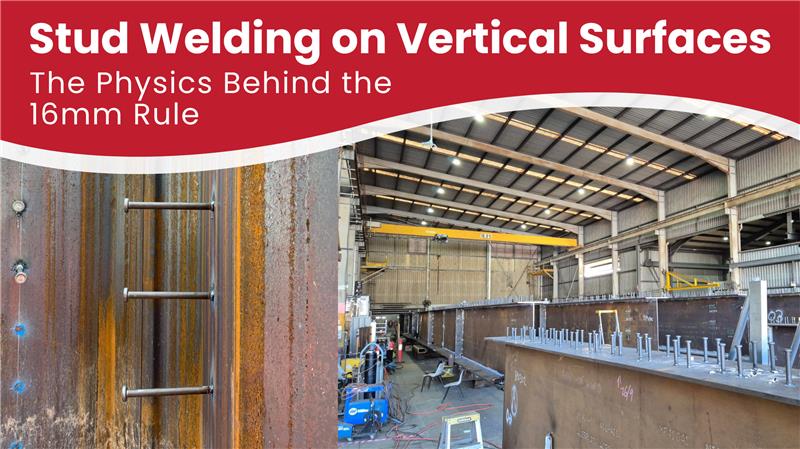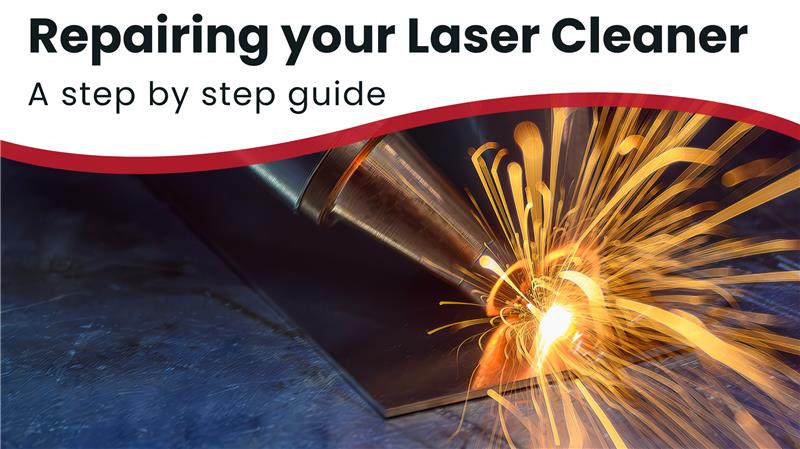The World of DIY Welding Projects: A Comprehensive Guide

If you're an avid listener of the Joe Rogan Experience podcast, you're probably familiar with Joe's enthusiasm for tackling various projects. Today, we invite you to embark on your own DIY endeavor—welding! While welding may initially appear daunting, armed with proper preparation and safety precautions, anyone can become a skilled welder. In this article, we'll delve into essential tips for undertaking welding projects at home, ensuring both safety and success in your endeavors.

Safety First
Prioritize Safety for a Seamless Experience Safety should always be your utmost priority when undertaking welding projects at home. By adhering to key safety measures, not only can you prevent accidents, but you can also ensure that your work is accomplished flawlessly. Begin by donning appropriate protective gear such as welding gloves, goggles, aprons, and boots to shield yourself from potential hazards. These items will safeguard your hands, eyes, and body from sparks, intense light, and heat generated during the welding process.
Moreover, consider the importance of proper ventilation in your workspace. Adequate air flow is crucial to dissipate welding fumes and gases, protecting you from inhaling harmful substances. If working indoors, ensure that the area is well-ventilated by opening windows or using fans to create a steady flow of fresh air. If possible, consider setting up a welding station outdoors to further minimize the risks associated with fume inhalation.

Well Equipped
Gather the Necessary Equipment for Project Success To embark on a successful welding journey, it is crucial to assemble all the required equipment. Start by selecting a welding machine suitable for your project. Two popular options are MIG (Metal Inert Gas) and TIG (Tungsten Inert Gas) welders. MIG welding is known for its ease of use, making it ideal for beginners. On the other hand, TIG welding offers greater precision and control, making it suitable for intricate and detailed work.
In addition to the welding machine, you'll need clamps to hold the metal pieces in place, electrodes to create the arc for welding, and wire brushes for cleaning metal surfaces before welding them together. Ensure that your electrodes are compatible with the type of welding you plan to do, as different electrodes work better with specific metals and welding techniques.
Before commencing any project, meticulously inspect all equipment for defects or faulty wiring to guarantee smooth operation once your machine is in use. Damaged equipment can compromise both your safety and the quality of your welds. Replace any worn-out parts, and double-check all electrical connections to ensure they are secure.

Practice
Mastering Welding Techniques through Diligent Practice.The adage "practice makes perfect" rings especially true when it comes to welding techniques. It is essential to hone your skills to create welds that possess sufficient strength to withstand the demands of your project, without any weak points or gaps that could lead to structural failures.
Start by familiarizing yourself with different welding positions: flat, horizontal, vertical, and overhead. Each position requires a distinct technique and manipulation of the welding torch. Practice welding in each position to develop versatility and confidence.
Next, experiment with different joint configurations, such as butt joints, lap joints, and T-joints, as they require varying approaches. Welding angles, travel speeds, and electrode angles are critical factors that influence the quality of your welds. Adjusting these variables allows you to control the weld bead's shape, penetration, and overall appearance.
Consider investing time in researching and understanding the characteristics of different metals commonly used in welding projects. Stainless steel, aluminum, and mild steel each have unique properties that affect the welding process. Learning how these metals behave and adapting your technique accordingly will enable you to produce consistent and reliable welds.
In addition to honing your welding skills, familiarize yourself with safety techniques specific to welding. For instance, learning how to properly extinguish welding sparks and prevent fire hazards is crucial to maintaining a safe work environment. Acquiring knowledge about electrical safety and how to handle welding-related emergencies will further enhance your overall competence.



Maximize Creativity
Unleashing Your Creativity: Endless Possibilities Armed with the knowledge of safety protocols, the right equipment, and refined welding techniques, it's time to unleash your creativity and embark on exciting DIY welding projects at home. The possibilities are virtually limitless!









